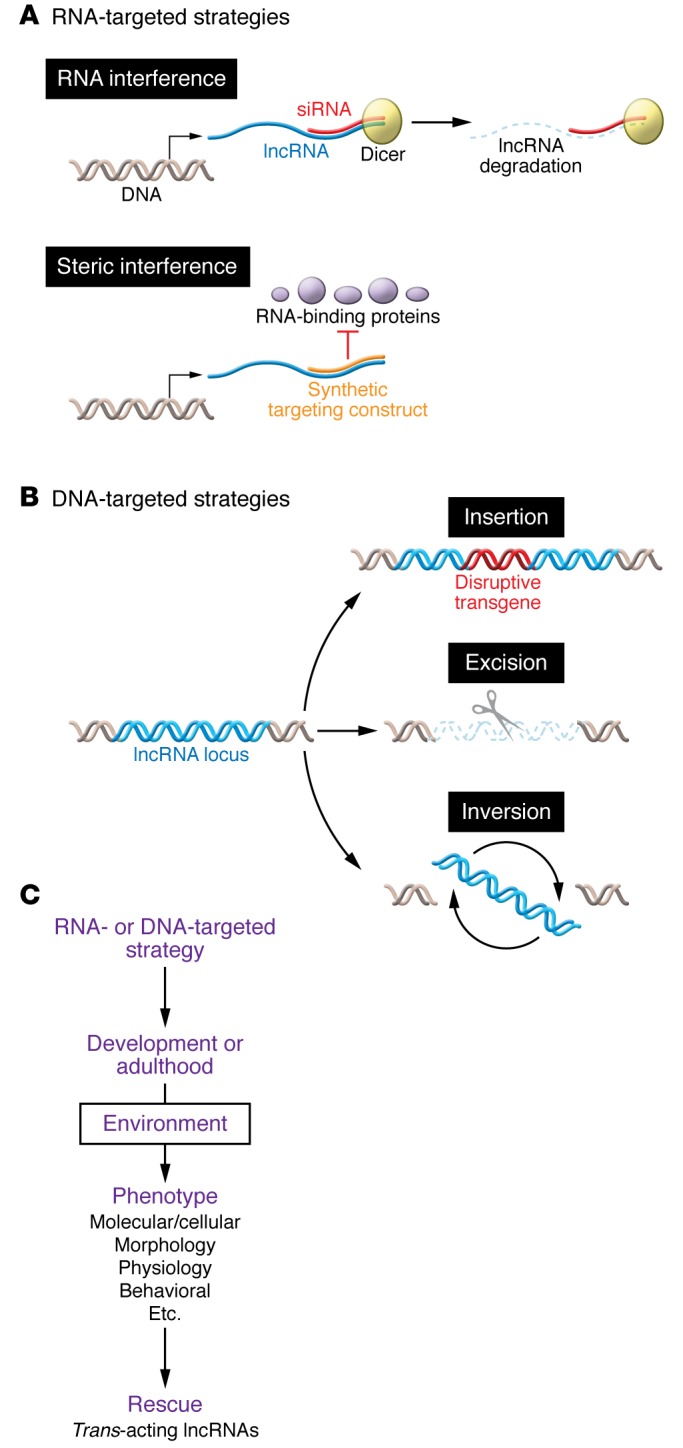Figure 3. DNA- and RNA-targeted strategies and general workflow.

(A) RNA-targeted approaches to attenuate lncRNA expression include RNAi, which degrades the lncRNA complementary to the experimentally introduced RNA. Other RNA-targeted approaches sterically interfere with a lncRNA complementary to the experimentally introduced RNA. (B) DNA-targeted approaches to ablate lncRNA expression include introducing a disruptive transgene within the lncRNA loci, excising the lncRNA loci or its regulatory elements, or inverting the lncRNA loci. (C) DNA- or RNA-targeted approaches to interfere with lncRNA function can be used either during development or adulthood in animal models. Functional ablation of a lncRNA may be sufficient to produce a phenotype or may result from gene-environment interactions. For trans-acting lncRNA, rescue experiments that revert the observed phenotype control for possible nonspecific effects, such as off-target effects of morpholinos or manipulation of DNA regulatory elements.
